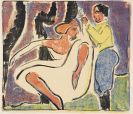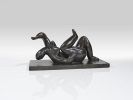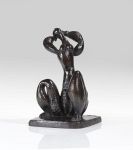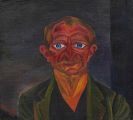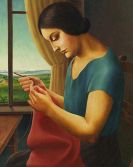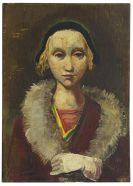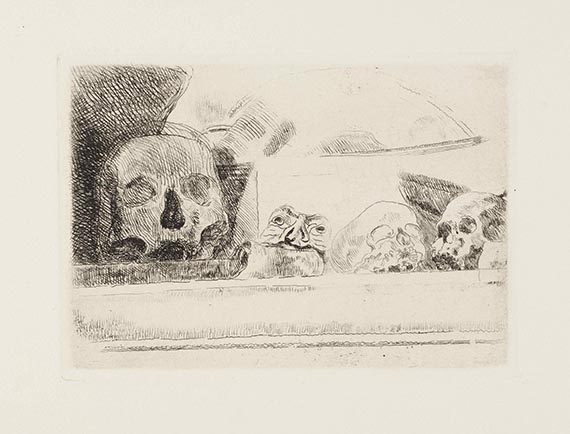
Wassili Luckhardt
Berlin
1889 -
Berlin
1972
The German architect and furniture Wassili Luckhardt was born in Berlin in 1889. Between 1908 and 1910 Wassili Luckhardt attended the "Technische Hochschule" in Berlin. Like his brother Hans, Wassili Luckhardt belonged to several groups of artists until 1920, including the Workers' Art Council, the November Group, and The Ring. In 1919-20 Wassili Luckhardt and his brother belonged to the Glass Chain, a correspondence maintained by the architects Bruno and Max Taut, Hermann Finsterlin, Paul Goesch, Wenzel Hablik, Hans Hansen, and Hans Scharoun.
From 1921 Wassili and Hans Luckhardt had an architectural practice in Berlin. The buildings they designed jointly were at first inspired by Expressionism; an example is the 1921 German Hygiene Museum in Dresden. From 1925 Wassili and Hans Luckhardt opted for a more rationalist style of architecture, which also shows up in the furniture they designed. The Luckhardts' most important joint architecture projects in Berlin include the row houses on Schorlemer Allee (1925-30), Haus Telschow (1928-29), and redesigning Alexanderplatz (project, 1929). In 1951 Hans and Wassili Luckhardt designed the Berlin Pavilion at the Constructa trade fair in Hannover. In 1929 Hans and Wassili Luckhardt designed the "ST 14" standardized swing chair, made of tubular steel and laminated wood. Slightly modified as the "S 36" swing chair, the piece resurfaced among the furnishings of the Desta House at the 1931 "Deutschen Bauausstellung" in Berlin.
In 1955 Wassili Luckhardt was a founding member of the architecture department at the "Akademie der Künste" in Berlin.
Would you like to sell a work by Wassili Luckhardt?
Infos for seller
